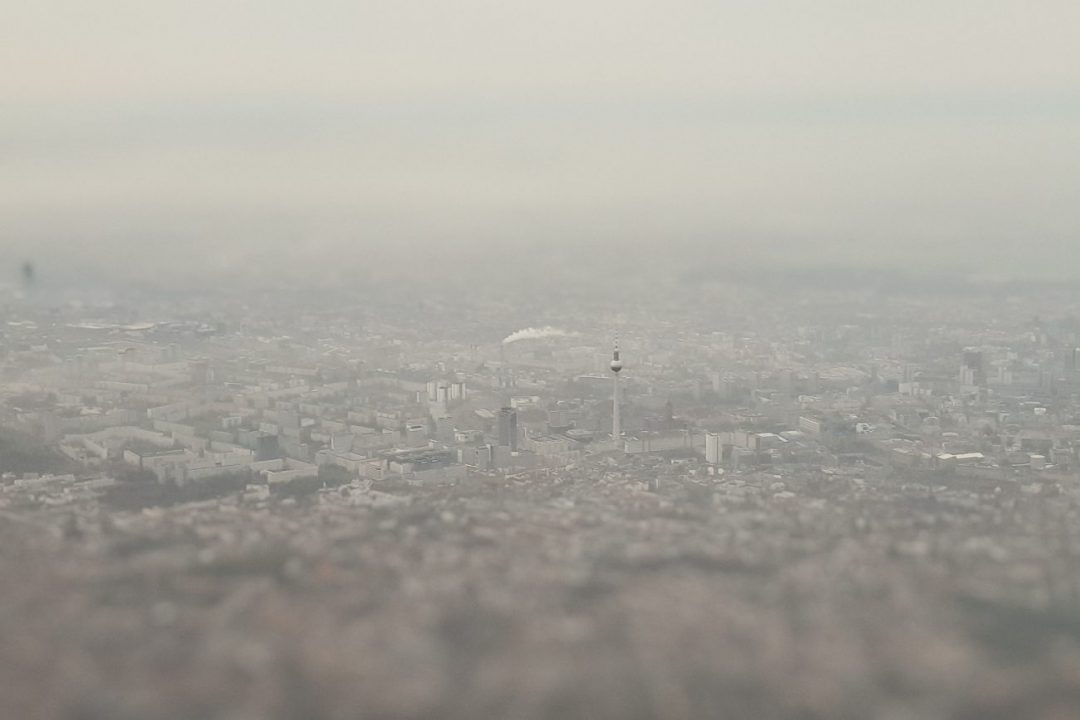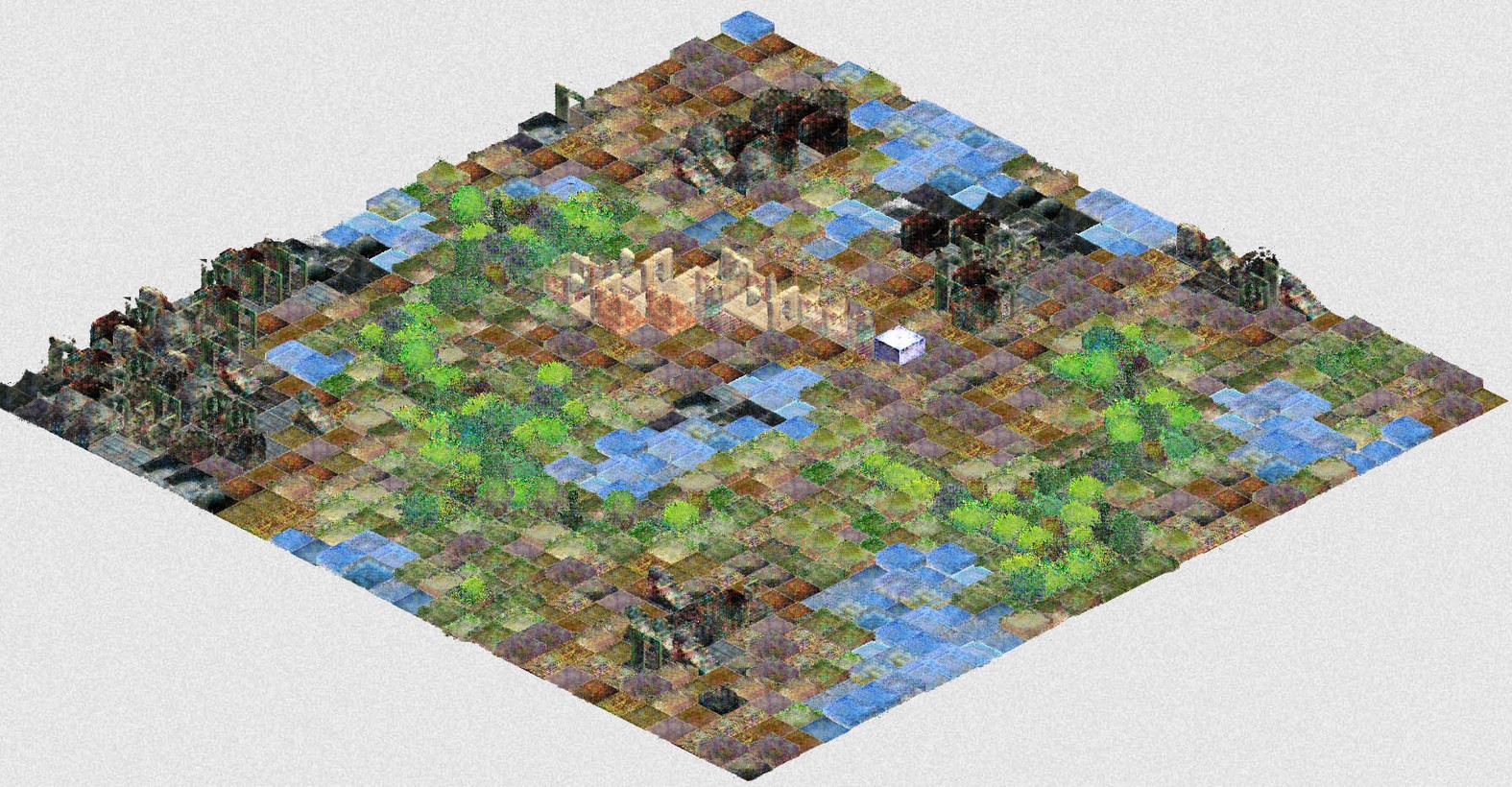
Weekends are for organising conferences. And also writing down all the things we read during the week leading up to them.
Last week, I was reading up on artistic research and how it might be situated in a university context – something we discussed this past saturday at Theater und Netz. I enjoyed this “Reseach as a form of Practice”approach detailed in this quite extensive article from 2016 (in german) by Elke Bippus in the journal p-art-icipate:
Die forschende Praxis war in der Kunst, aber auch in den Wissenschaften mit dem Versprechen der Emanzipation und des selbstkritischen Denkens verknüpft und mit ihr ging ein Wissensbegriff der Reflexion und Subjektivierung einher.*1 Es verwundert deshalb nicht, dass sie nicht nur in der Kunst, sondern auch in der Pädagogik seit den Siebziger Jahren eine zentrale und gesellschaftskritische Rolle innehat. So setzte die Didaktik auf das Forschende Lernen; mit ihm sollte sich die Selbstverantwortlichkeit und Eigenständigkeit der Studierenden bezüglich ihrer Methoden und Themenstellungen ausbilden und die Praxis und die Erfahrung wurden als produktive Aspekte unterstrichen.*2 Das Forschende Lernen gilt auch heute als ein gesellschaftlich relevantes Tun und ist als „Prozess der ständigen Befragung jeder vorliegenden Aussage“ (BAK 1970: 214) beschrieben.
Next up: Colonialism as mitosis – the rise and fall of empires, rendered as cell division :
Visualizing Empires Decline from Pedro M. Cruz on Vimeo.
Brian Merchant is writing for Gizmodo about Amazons rejuvenated interest in Oil:
Yet Amazon’s actual renewable energy deployment has plateaued at the halfway mark—the last milestone the company lists on its Sustainability Timeline is “AWS achieved 50% renewable energy usage,” in January of 2018—and now even risks decreasing as a total share of the company’s energy supply, as research from Greenpeace energy analysts indicates that Amazon is continuing to rapidly build new data centers without adding clean sources of power to run them with.
Taylor Lorenz declares The Instagram Aesthetic Is Over (at theatlantic.com):
In fact, many teens are going out of their way to make their photos look worse. Huji Cam, which make your images look as if they were taken with an old-school throwaway camera, has been downloaded more than 16 million times. “Adding grain to your photos is a big thing now,” says Sonia Uppal, a 20-year-old college student. “People are trying to seem candid. People post a lot of mirror selfies and photos of them lounging around.”
Cameron Kunzelmann at Waypoint writes about Molleindustria’s /city building game for the Anthropocene:

Playing Lichenia is all about trial and error, but that’s because Pedercini wanted there to be an unclear relationship between what you were doing and the effects you had on the world. “I wanted the player to observe the dynamics and not interpret the visuals in the most immediate and normative way,” he writes in the release notes, and this lack of immediate interpretation is helped by the use of Everst Pipkin’s Mushy tileset, which was produced by training a neural network on isometric art.
And finally, look at these wonderful UI designs from Neon Genesis Evangelion (and follow excellent @christinelove on twitter!)


